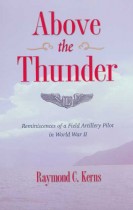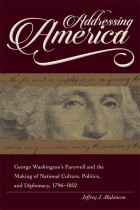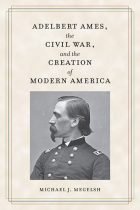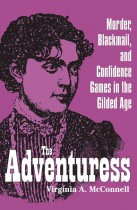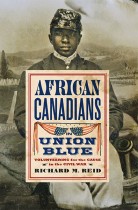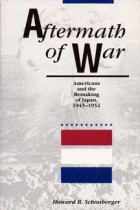Above and Beyond
Bill Livingston | Filed under: Sports
Award-winning sports columnist Bill Livingston follows Mack as he practices one of the world’s most dangerous and demanding sports. Livingston reveals the fascinating subculture of pole vaulting—from Bob Richards, the only man to win Olympic gold twice in pole vaulting; to Sergey Bubka, the most controversial pole vaulter ever; to Don Bragg, a rowdy Tarzan-like character who swung on ropes in his backyard to build upper-body strength; to the stirring duel between Mack and Toby Stevenson as they battled for gold in Athens.


